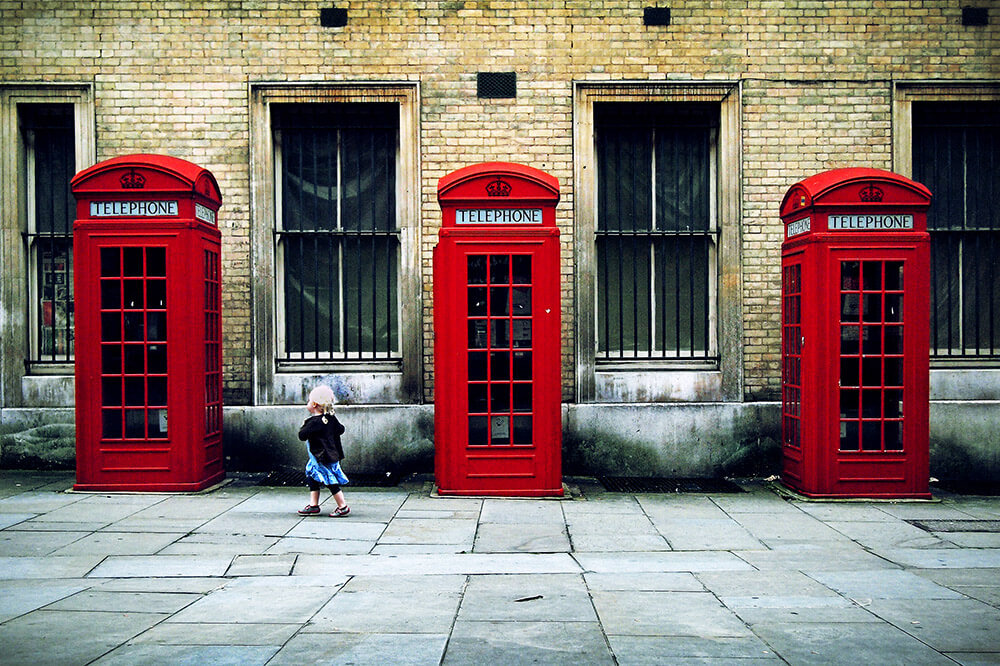Street Photographers Can Be Fun For Everyone
Street Photographers Can Be Fun For Everyone
Blog Article
The Street Photographers PDFs
Table of ContentsThe 20-Second Trick For Street PhotographersExcitement About Street PhotographersThe Only Guide for Street PhotographersStreet Photographers Things To Know Before You BuyNot known Facts About Street Photographers
Street professional photographers do not necessarily have a social objective in mind, but they choose to isolate and catch minutes which could or else go unnoticed.He was influenced by several of those that influenced the road professional photographers of the 1950s and '60s, he was not chiefly interested in capturing the spirit of the street., who functioned side by side with professional photographers attempting to catch the significance of metropolitan life.

Provided the great top quality of his photographs and the breadth of material, architects and musicians frequently acquired Atget's prints to use as referral for their own job, though commercial rate of interests were barely his primary motivation. Rather, he was driven to picture every last residue of the Paris he liked.
Some Known Questions About Street Photographers.
They expose the city with his eyes. His job and fundamental understanding of digital photography as an art form worked as inspiration to generations of professional photographers that complied with. The following generation of road photographers, though they likely did not refer to themselves as such, was ushered in by the photojournalism of Hungarian-born photographer Andr Kertsz.
Unlike his peers, Brassa utilized a larger-format Voigtlnder cam with a much longer direct exposure time, requiring him to be more calculated and thoughtful in his technique than he could have been if using a Leica. (It is assumed that he may not have actually been able to afford a Leica at that time, yet he did, nevertheless, utilize one in the late 1950s to take colour photos.) Brassa's photos of the Paris underworld brightened by artificial light were a discovery, and the compilation of the collection that he published, (1933 ), was a major success.
Cartier-Bresson was a champion of the Leica video camera and among the initial photographers to optimize its abilities. The Leica permitted the professional photographer to engage with the environments and to record moments as they took place - Street Photographers. Its fairly little dimension likewise assisted the photographer fade into the history, which was Cartier-Bresson's preferred approach
The Basic Principles Of Street Photographers
It is as a result of this fundamental understanding of the art of image taking that he is often credited with rediscovering the medium throughout again approximately a century given that its development. He took pictures for greater than a half century and influenced generations of professional photographers to trust their eye and instinct in the minute.
These are the concerns I shall attempt to address: And then I'll leave you with my own interpretation of street photography. Yes, we do. Let's kick off with specifying what a meaning is: According to it is: "The act of defining, or of making something precise, distinctive, or clear".
No, certainly not. The term is both limiting and deceiving. Appears like a street digital photography must be pictures of a roads best?! And all street photographers, except for a tiny number of outright beginners, will fully value that a street is not the vital part to street photography, and really if it's a photo of a road with maybe a few uninteresting individuals doing nothing of passion, that's not street digital photography that's a photo of a road.
He makes a legitimate factor do not you think? While I concur with him I'm not certain "candid public photography" will catch on (although I do kind of like the term "candid photography") because "road photography" has actually been around for a lengthy time, with lots of masters' names affixed to it, so I think the term is here to stay.
Street Photographers for Dummies
Inside?! I hear you scream look at these guys as you tremble your hand to the sky. Why not? You can contend the coastline, at a celebration, additional reading in an alley, in a park, in a piazza, in a coffee shop, at a museum or art gallery, in a city station, at an occasion, on a bridge, under a bridge ...

8 Simple Techniques For Street Photographers

Report this page